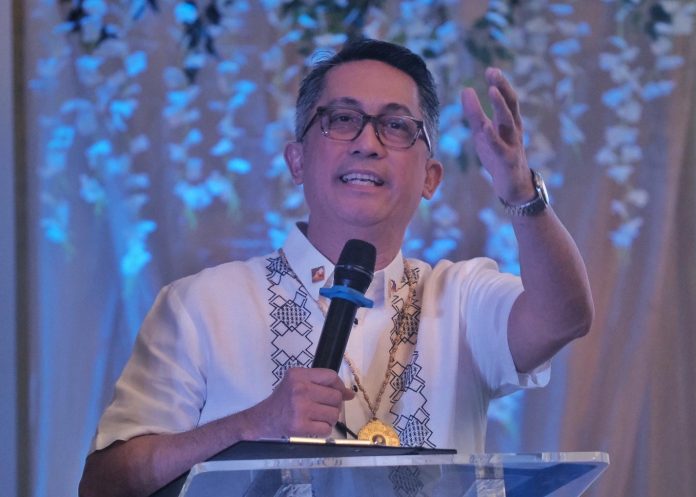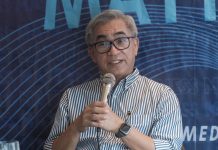
Mindanao Development Authority (MinDA) Chair Secretary Leo Tereso Magno expressed optimism on the economic outlook for Mindanao in 2025 and cited key drivers of growth for the island this year.
“The economic outlook for Mindanao in 2025 is cautiously optimistic. After navigating the challenges of 2024, including global economic headwinds and inflationary pressures, Mindanao is poised to rebound by capitalizing on its strategic position, diversifying economic base, rich natural resources, and growing regional integration,” Magno told Edge Davao.
Magno cited the following as key sectors driving the recovery and growth in 2025: agriculture and agribusiness, renewable energy, infrastructure development, and tourism and services.
He said for agriculture and agribusiness, Mindanao’s role as the food basket of the Philippines will strengthen, with greater emphasis on value-added processing and exports.
“Diversification into high-value crops like cacao, coffee, and durian will generate higher incomes for farmers and create rural employment,” he said.
For renewable energy, Magno said Mindanao’s transition from energy-deficient to energy surplus will deepen with the development of renewable energy projects, particularly solar, hydro, and biomass, supported by policies promoting decentralized energy systems.
“For infrastructure development, ongoing and new infrastructure projects, such as improved roads, ports, and airports, will boost interconnectivity and logistics efficiency, enhancing trade and investment opportunities within and beyond Mindanao,” he said.
For tourism and services, Magno said improved safety perceptions and new promotional efforts will attract more tourists, especially from Japan and ASEAN countries, creating spillover effects in retail, hospitality, and local entrepreneurship.
“Blue economy, Mindanao’s coastal communities will benefit from sustainable fisheries and aquaculture programs, alongside investments in maritime trade, creating a foundation for long-term economic sustainability,” he added.
Magno said to achieve these goals and to unlock its full potential in 2025, Mindanao must prioritize the following strategies such as strengthening Public-Private Partnerships (PPPs) by collaborating with private entities to fund and implement critical infrastructure and renewable energy projects.
Magno also emphasized empowering local industries by mobilizing resources for technical assistance, financing, and market access to small and medium enterprises (SMEs), particularly in agribusiness and tourism.
Another approach is ensuring inclusive growth and according to Magno, it can be done by prioritizing the development of the Bangsamoro Autonomous Region for Muslim Mindanao (BARMM) and other underserved areas, integrating marginalized communities into the economic mainstream through education, livelihood programs, and equitable resource distribution.
Magno also cited promoting innovation by investing in digital infrastructure and technology adoption to boost productivity in agriculture, logistics, and services; and ensuring peace and security by sustaining partnerships with local governments and security forces to maintain peace, paving the way for investments and tourism.
“Mindanao stands on the cusp of a transformation. The narrative of a conflict-ridden region is steadily being replaced by one of resilience, innovation, and opportunity. For 2025 to truly be a breakthrough year, stakeholders must act with urgency, focus, and collaboration,” Magno said.






